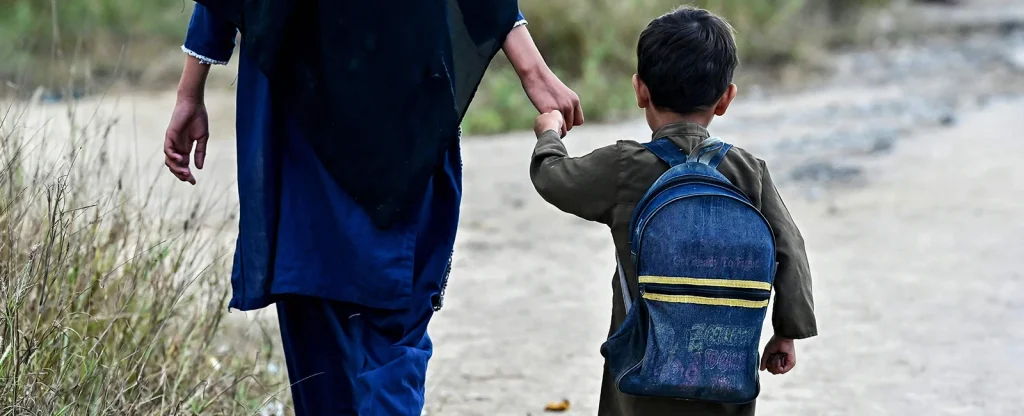Pakistan’s education system is grappling with a severe crisis that can only be described as educational apartheid. Despite significant progress in some areas, vast inequalities persist across the country, especially in rural and marginalized regions. These inequalities create a divide where access to quality education is often determined by factors like socioeconomic status, geography, and gender, leaving many children behind.
The Root Causes of Educational Inequity
The educational apartheid in Pakistan stems from a combination of historical, economic, and political factors. For one, the public school system, which serves the majority of the population, is underfunded, outdated, and overcrowded. This contrasts sharply with the private schooling system, which caters to the elite and offers modern, quality education.
Additionally, the rural-urban divide in Pakistan exacerbates the issue. Children living in rural areas often face difficulties accessing schools, with many villages lacking basic infrastructure, trained teachers, and resources. The lack of government investment in rural education further deepens the divide.
Gender Disparities in Education
Gender inequality is another major factor contributing to educational apartheid. In many conservative regions, especially in rural areas, girls’ education is often deprioritized or outright denied. This results in millions of girls being left without the opportunity to receive a proper education, perpetuating cycles of poverty and inequality.
The Impact on Future Generations
The effects of this educational crisis are far-reaching. Children who do not receive quality education are more likely to face unemployment, poverty, and limited opportunities as adults. The lack of access to education also leads to social instability, as a large segment of the population is excluded from participating in the economic and political development of the country.
The Need for Reform
To address the issue of educational apartheid, Pakistan must invest in its education sector, especially in rural and underserved areas. This means increasing funding for public schools, improving teacher training, and ensuring that girls have equal access to education. Additionally, a unified curriculum that serves all students, regardless of their socioeconomic background, is essential for creating a more equitable system.



Comments (0)
No comments yet. Be the first to comment!
Leave a Comment